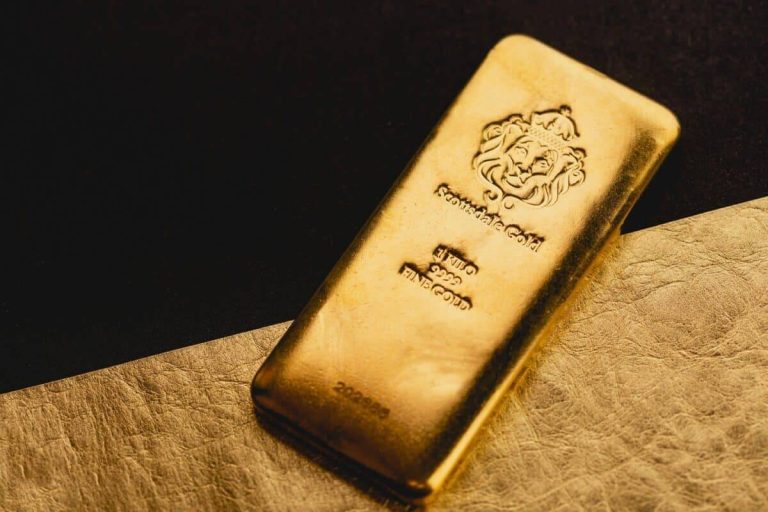quick look
- Gold prices are approaching record highs, driven by demand for safety and purchases by central banks, especially China.
- Copper prices also rose to their highest levels in 15 months, indicating optimism about a recovery in global factory activity.
- Upcoming US CPI data poses a headwind for gold's rise, with the market monitoring inflation trends.
- Central banks, especially in Asia, are resorting to buying gold aggressively, with the People's Bank of China continuing to buy for 17 months.
As investors across Asia prepare for what could be a pivotal moment in financial markets, gold prices are hovering near record highs. Growing anticipation around the imminent release of key US inflation data and additional indicators on the direction of interest rates have amplified the yellow metal's appeal. This increase in demand, which is rooted in gold's traditional safe-haven status, underscores the market's readiness for uncertainty.
Gold's rise was reflected by big moves in industrial metals, especially as copper prices rose to their highest levels in 15 months. Optimistic expectations for a recovery in global factory activity are fueling this rally. In addition, speculation that copper supplies may shrink further inflates prices. However, gold stole the show. Mostly, this is driven by the increasing quest for safety among investors. Moreover, it has been stimulated by reports that central banks, especially China, are increasing their gold reserves.
US CPI data expectations limit gold's gains
While the trajectory of gold prices appears largely positive, the path to further gains is not without obstacles. One of the main factors limiting the strong rise in gold prices is the upcoming US CPI data. Market participants are anxious, waiting to see if March numbers will confirm continued inflation. This scenario may force the Fed to maintain a tougher stance on interest rates for a longer period.
The upcoming CPI report is of particular interest, following a strong non-farm payrolls report and several signals from Federal Reserve officials. These signals underscore the potential delay in interest rate cuts due to stubborn inflation. Therefore, the combination of these factors created cautious optimism in the gold markets. Although high interest rates usually reduce gold's appeal (since it carries no interest), the precious metal is finding strong support. This support comes in the face of increasing acquisitions by central banks and the looming shadow of the global economic slowdown.
Central bank buying spree is supporting prices
Amid these market dynamics, aggressive purchasing strategies by central banks are increasing the attractiveness of gold. For example, the People's Bank of China (PBOC) went on a gold buying spree, marking the 17th consecutive month of purchases. Thus, this continued appetite for metals is part of a broader strategy to hedge against expected economic challenges and potential downside in Chinese stock markets.
Moreover, the actions taken by the Central Bank reflect a strategic move to diversify reserves and mitigate risks. These risks are related to economic uncertainties and market fluctuations. Additionally, as central banks like the People's Bank of China continue to increase their gold reserves, they contribute to the continued demand for the metal. This contribution provides a floor for prices, even amid concerns about rising interest rates in the United States.
Gold prices are hovering near record levels, supported by the complex interplay of market dynamics. From safe haven demand to central bank buying, each factor plays a crucial role in shaping the path of metal prices. While investors around the world are watching these developments, gold remains a focal point of interest, reflecting the broader sentiments and strategies at play in the global financial markets.

